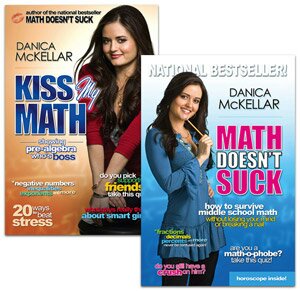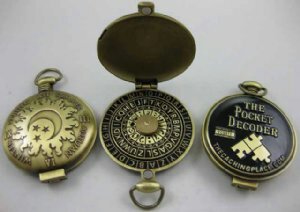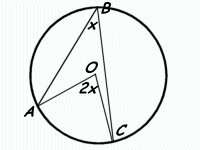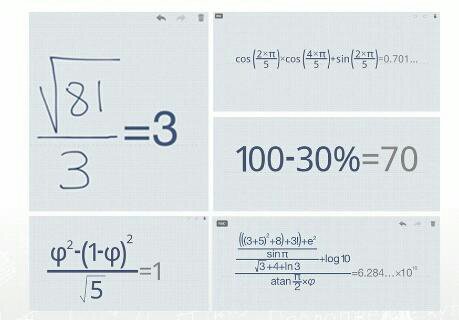If you remember ‘The Wonder Years’ you are probably old enough to remember grunge the first time around and television programmes that didn’t involve so called ‘Reality TV’.

So what happens to female child stars?
Some have a rocky youth, work really hard and become hugely successful (Drew Barrymore). Some have a rocky youth and become hugely notorious (Lindsay Lohan). Some work really hard, do research, writing and acting, have a theorem named after them and become advocates for women and maths education!
Step forward Danica McKellar!

Apart from playing ‘Winnie Cooper’ in ‘The Wonder Years’, Danica is also a successful mathematician. She has written four books aimed at promoting maths to high school students, in particular girls. I strongly suggest you have a look at them or get your school library to purchase them as they are full of inspirational ideas and new ways to think about ‘dusty’ topics.
Her books to date are:
Girls Get Curves: Geometry Takes Shape (2013)
Hot X: Algebra Exposed! (2011)

Maths Doesn’t Suck: How to survive year 6 through year 9 maths without losing your mind or breaking a nail (2010)
Kiss my Math: Showing Pre-Algebra who’s boss (2009)
Like this:
Like Loading...









